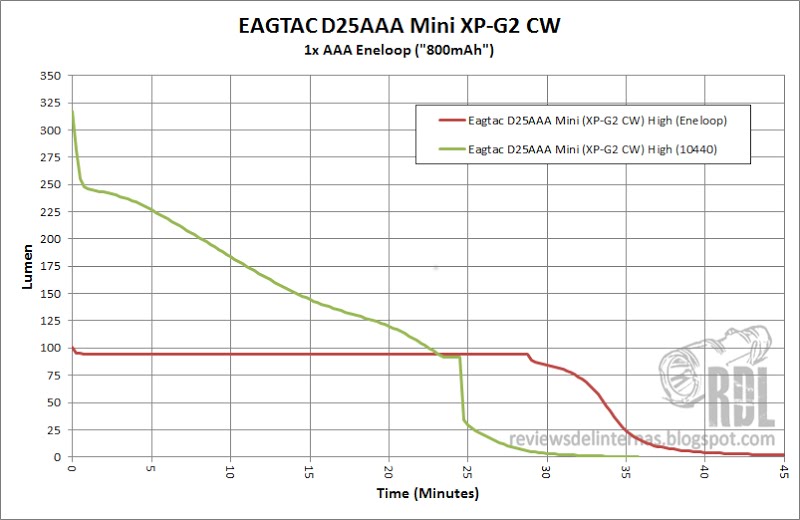jon_slider
Flashlight Enthusiast
- Joined
- Mar 31, 2015
- Messages
- 5,175
a light that doesn't support lithium will likely not have built in voltage protection it could be hazardous to over discharge the battery
thanks for the orientation and warning about potential hazards
Do you also use special precautions when charging a LiIon? (Ive seen some info that suggests the charging station needs to be protected from potential fires during a charging cycle)
the idea of using lower levels, and just using the high mode for less than a minute at a time are also helpful.
from where I sit, one disadvantage of LiIon in a Tool is the loss of a low near 1 lumen, which I sometimes want.
Regarding comments about the SC5, that light is not LiIon compatible, its driver is rated iirc for 2 volts max. Previous Zebras were able to use LiIon. It seems Zebralight has opted not to support LiIon chemistry in the latest version of their single AAA light. FWIW, the SC5 is basically a 200 lumen light on high, the claimed higher outputs have automatic step downs after iirc 3 minutes.
imo an AAA light maxes out at about 100 lumens if ~30+ minutes runtime is desired to 50% discharge
similarly, the AA lights max out at about 200 lumens, if a 30 minute+ runtime is desired to 50% discharge
I can see how a LiIon in a Tool could produce close to 100 lumens on medium, which I suppose would have similar runtime to an AAA on high.
If I wanted a 500 lumen burst, I can see how a 10440 light could be useful. For people interested in doing that with controlled risk, I recommend the ToolVN, since the DriverVN is compatible with 10440 (only), and has a wide range of mode options, plus it is intended to be used with protected cells, thereby eliminating the overdischarge risk.
And to define the overdischarge risk, I believe the concern is that the LiIon can catch fire. Ive witnessed a LiIon battery on fire. There was no way I could extinguish it with the tools I had at hand, a Shovel and dirt.. We had to dig a hole, which we lined with rocks, and then buried. The situation was a crashed model airplane (not mine), that had started a fire in Big Sur. The fire spread rapidly, but we were able to contain it before it got out of control. A LiIon fire is nothing to take lightly imo.
Also, it could be extremely hazardous for a child, if they were to get a hold of a LiIon Tool, it got hot enough for them to drop it, and continued to discharge until ignition. I dont recommend unprotected LiIon for households with young children..
Much respect to those of you who have learned to use LiIon safely in unprotected lights. I think I will stay with Eneloops for the time being.


